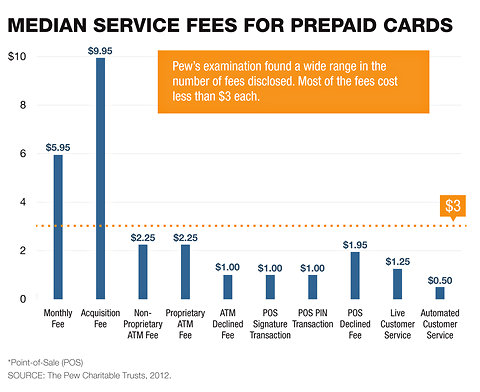As Paul Sullivan writes in this week’s Wealth Matters column, 2012 was a year of uncertainty, and it looks as if 2013 will at least begin that way. And with investors’ memories of the collapse in equity markets in 2008 still fresh, financial advisers say they have spent much of the last 12 months trying to get their clients to let go of their fears.
As one adviser told Paul, the markets’ performance in the next five years will probably not be similar to its performance in the last five. So investors should move away from worrying about whether they will get their money back and start thinking about making money.
What about you? Do you feel confident in the markets, despite worries about the fiscal negotiations? What have you done with your investments and what are you planning to do in the new year?
Article source: http://bucks.blogs.nytimes.com/2012/12/28/dealing-with-uncertainty/?partner=rss&emc=rss

